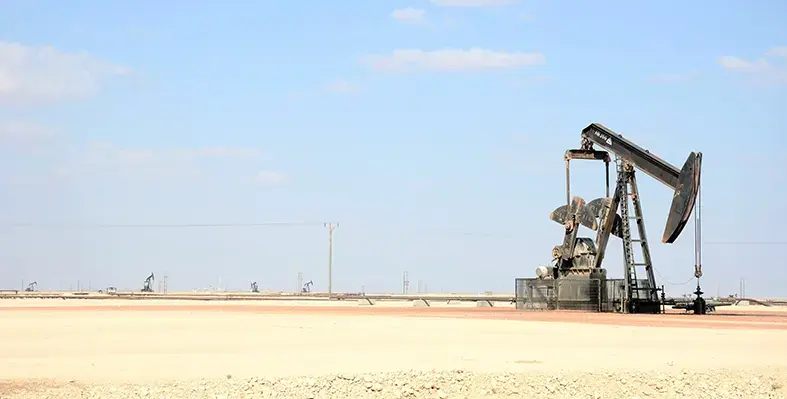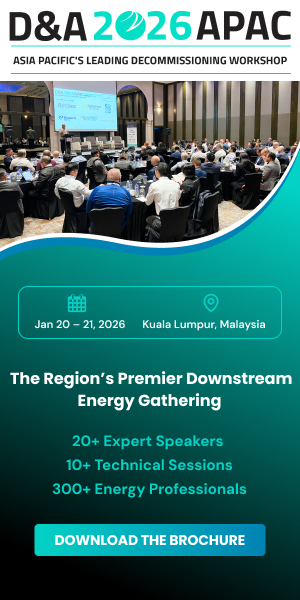Oman’s Ministry of Energy and Minerals (MEM) has launched a new competitive bid round for three oil and gas exploration areas
The new licensing round covers concession areas: Block 43A, Block 66, and Block 36, located across some of Oman’s diverse geological basins.
The three blocks up for grabs are:
Block 36: Located onshore in the Ghudun basin region, which is part of the larger Rub Al Khali basin, covering an area of 18,557 sq km.
Block 43A: Located onshore in the Buraimi area, covering an area of 6,920 sq km.
Block 66: Located on the eastern flank of the Rub Al Khali basin and covering an area of 4,898 sq km.
The new bid round is being conducted in collaboration with two industry partners, OQ Exploration and Production Company (OQEP) and Scotiabank.
In a regulatory filing with the Muscat Stock Exchange, OQEP reported: “This announcement is part of the ongoing cooperation framework between OQEP and the Ministry of Energy and Minerals, designed to attract new investments into Oman’s exploration and production sector.”
Despite ongoing attempts to diversity its economy, the oil and gas sector remains critical to Oman’s overall national wellbeing.
However, total oil production declined by 5.1 per cent in 2024, falling to 363.29mn barrels from 382.77mn barrels in the previous year, according to figures cited by local newspaper, Muscat Daily, reporting on news of the new licensing round.
The decline was mostly down to Oman’s adherence to OPEC+ production cut agreements.
The oil and gas sector also accounts for almost four-fifths of the country’s total foreign direct investment (FDI) stock.
As well as hydrocarbons, Oman is also actively looking to drive investment into renewables and alternative energy sources.
Days before the launch of the new round, Mohsen bin Hamad Al-Hadrami, Undersecretary at the Ministry of Energy and Minerals, was courting investment at a Japan business conference focused predominantly on alternative energy, including hydrogen.
The minister visited Mitsubishi Heavy Industries to see the latest technologies in electricity generation turbines that operate on natural gas and hydrogen, as well as electrolysis technologies for hydrogen production, and the role that these play in supporting the energy transition.
His visit also included a number of iron and steel companies, with a focus on the use of clean hydrogen in production processes.









